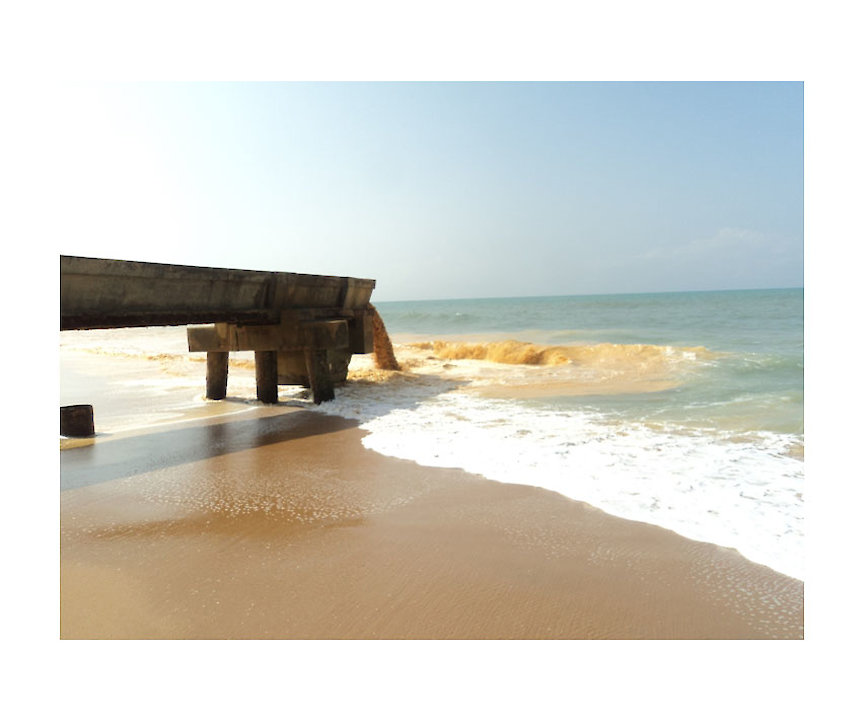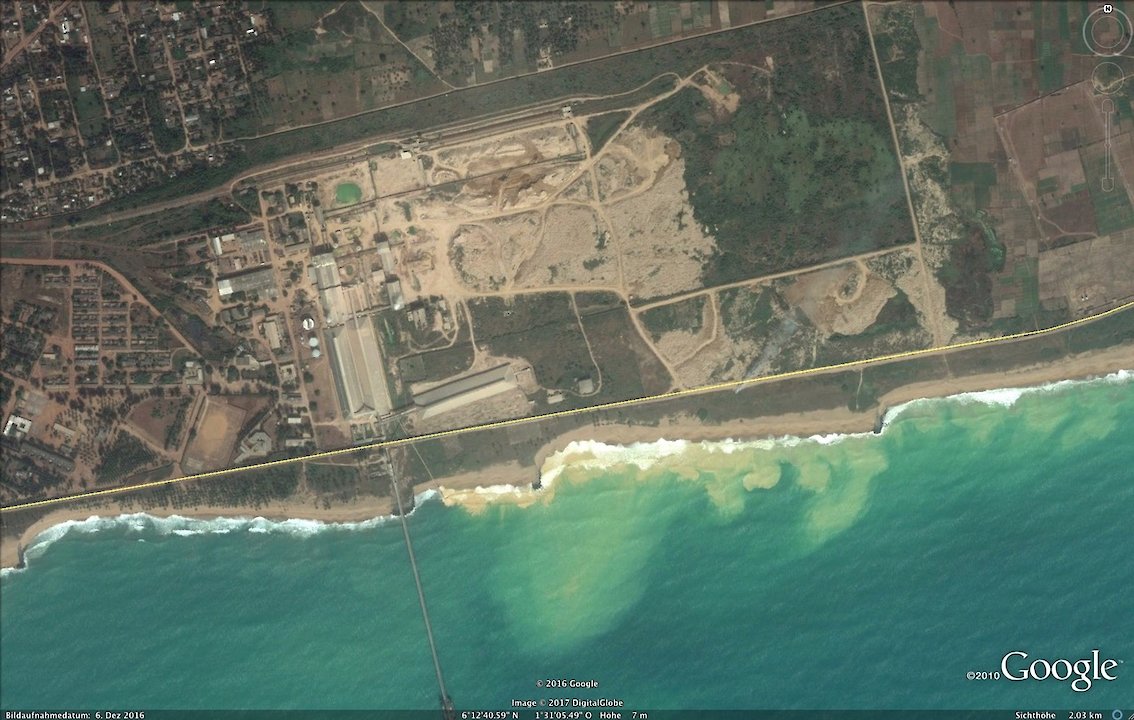Lead agency: United Nations Environment Programme (UNEP).
Overview
The overall aim of Working Group 42 is to evaluate current scientific evidence and to provide independent advice on the environmental impacts that could arise from land- and marine-based mining. Their focus is the pollution that occurs in the ocean due to contaminated waste products from mining operations, and in particular to identify and provide a better understanding of potential environmental impacts of marine disposal of tailings and associated wastes from land-based and sea-based mining (marine mineral mining) operations referred to as “mine tailings.
Background
Metals have been mined as ores since pre-history, but demand and therefore metal production has increased dramatically in modern times driven by expanding Global GDP. For example, many low-carbon technologies (e.g., solar panels, batteries for electric vehicles) rely on metals like lithium, cobalt and copper, therefore mining is a necessary step in many climate change mitigation efforts.
Metal ore mining produces large amounts of waste rock and mine tailings. Mine tailings are the wastes produced after extracting the desired metal from the ore. There are several ways of dealing with these wastes e.g land-based storage, backfill to the mine, deep lake disposal and marine disposal.
Mine tailings disposed into the ocean can have widespread effects on the marine environment. They are generally differentiated by the depth at which they are discharged, shallow coastal waters, relatively shallow (<100 m) but submerged water depths in the euphotic zone and disposal in relatively deep waters (>100 m).
History and work of WG 42
GESAMP held an international workshop on the impacts of mine tailings in the marine environment, in 2015 in Lima, Peru ( http://www.gesamp.org/site/assets/files/1276/proceeding-of-the-gesamp-international-workshop-on-the-impacts-of-mine-tailings-in-the-marine-environment-en.pdf). Subsequently, GESAMP agreed, at it’s forty-third session in 2016, to establish Working Group on the issue under the co-lead of the UN Environment Programme and the International Maritime Organization (IMO), Working Group 42 on the environmental impacts of wastes from mining operations disposed at sea (WG 42).
Subsequently, the name of the WG 42 was changed to “Impacts of wastes and other matter in the marine environment from mining operations, including marine mineral mining”, to ensure that the work of the Group encompassed all relevant types of mining activities, including marine mineral mining.
Please find WG 42’s full Terms of Reference on page 81 of GESAMP’s 50th Session Report.
WG 42 held its first formal meeting at the IMO headquarters in London, from 20-22 September 2017.
WG 42’s focus to date has been to address the first of the Working Group’s ToRs (ToR 1.1): “To identify and provide a better understanding of potential environmental impacts of marine disposal of tailings and associated wastes from land-based and sea-based mining (marine mineral mining) operations referred to as “mine tailings”.
Findings by WG 42 will help to inform discussions about protecting the marine environment, particularly within the context of the London Convention and Protocol (LC/LP).
Current and future work of WG 42
Findings from the first phase of the work of WG 42, a report entitled “Impacts of wastes and other matter in the marine environment from mining operations, including marine mineral mining - Volume A: Mine Tailings” are currently being synthesized for publication in the GESAMP Reports and Studies series.
Current members
Chair: Tracy Shimmield (United Kingdom).
Bronwen Currie (Namibia), Raymond Nepstad (Norway), Stuart Simpson (Australia), Andrew Sweetman (United Kingdom), Gi Hoon Hong (Republic of Korea), Hannah Grant (United Kingdom).
Page last updated 30 May 2025

